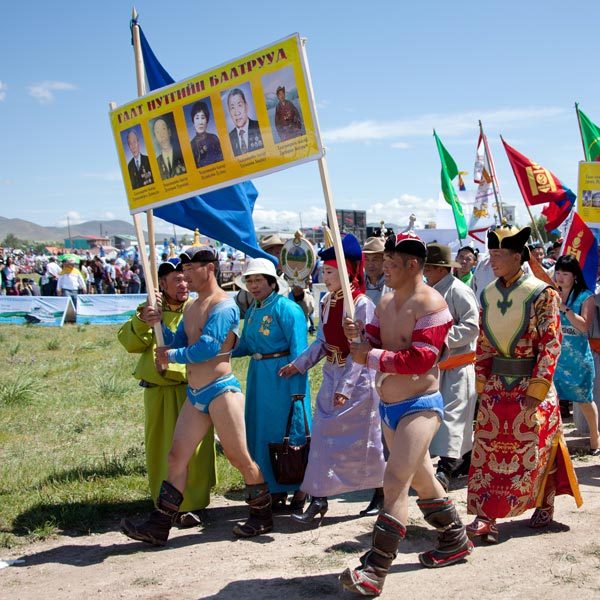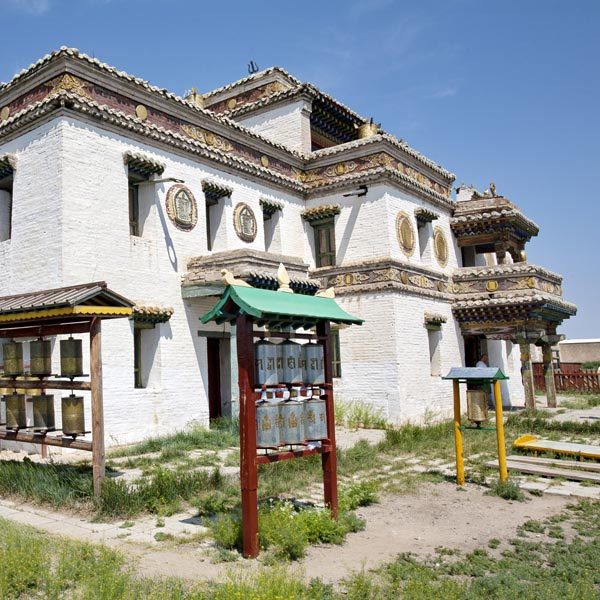The Tsaatan and the Reindeer Festival
They are a semi-nomadic pastoralist people of Turkic origin who live in the cold steppes of Mongolia, in the province of Hôvsgôl, the northernmost province of Mongolia. The name Tsaatan means "those who have reindeer" in Mongolian. They live in small communities made up of different families. Their homes are the famous yurts. These are portable circular tents made from latticework of flexible poles and covered with felt or other fabric. The Tsaatan have a number of traditional shamanic beliefs and practices based on the worship of nature. The Tsaatan believe that the spirits of their ancestors live in the forest as animals that guide the living. Their religion is thought to be the oldest variant of shamanism practiced by the Mongolian nomads. Their lives and activities revolve around caring for their reindeer, who are considered members of the family. Their staple foods are dairy products from reindeer milk. They supplement their diet by hunting wild animals in the forest. Only a few reindeer are slaughtered during the year for meat and skins with which they make coats, hats, boots, bags... The Tsaatan Reindeer Festival annually brings together the entire community to promote reindeer husbandry. At the beginning of July, numerous families arrive with their reindeer near Lake Khuvsgul from the depths of the Taiga forest.



Naadam festival
The Naadam Festival is an impressive two or three day festival with professional wrestling, horse racing and archery competitions. The most traditional and photogenic are celebrated in the north, in which all the neighbors participate.



Erdenne Zuu Khiid
Founded in 1586 by the Altai Khaan, Erdene Zuu (“Hundred Treasures”), it is the oldest Buddhist monastery in Mongolia. The Buddhist monasteries (khiid) that dot the landscape represent the most immediate window into the country's spiritual roots and are pieces of history, filled with precious Buddhist icons, sutras and delicate paintings adorning their ancient walls.



Gobi Desert
The Gobi is the sixth largest desert in the world and the second largest in Asia, after the Arabian desert. It is notable in history as the location of several important cities along the Silk Road. 70 million years ago this area would find the Gobi desert more lush and humid than today. The Gobi desert basins are bounded by the Altai Mountains and Mongolian grasslands and steppes to the north, by the Taklamakan Desert to the west, by the Hexi Corridor and Tibetan Plateau to the southwest, and by the North China Plain to the southeast. The Gobi can be divided into five distinct ecoregions, based on variations in climate and topography: the Eastern Steppe, the Alashan Plateau, the Valley of Lakes, the Dzungarian Basin, and the Tian Shan Range.



Lake Khuvsgul
It is the second largest lake in Mongolia. For the Mongolians it is a very spiritual place, where powerful nagas (water spirits) live, and it is a source of inspiration for shamans.